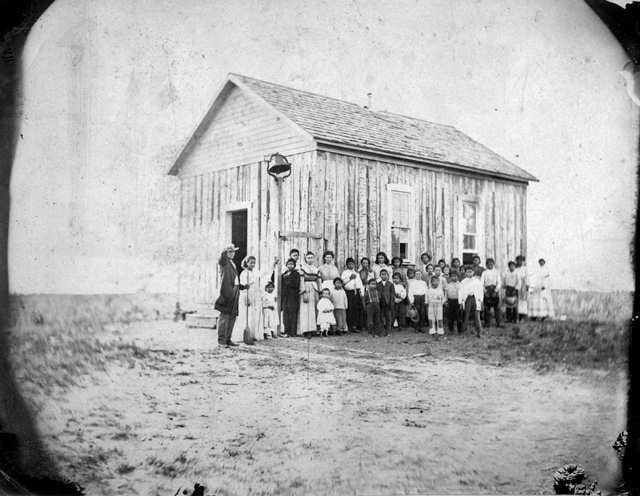
“Ottawa” derives from the Indigenous term “adawe,” signifying ‘trade.’ The label was apt considering the tribe’s vast trade engagements with other tribes and their later interaction with the French. The French explorer, Champlain, chronicled his encounter with the Ottawa near the French River in Canada in 1615. The Ottawa tribe played a pivotal role in the fur trade, sourcing fur from other tribes and trading it with the French. They were typically considered allies of the Huron and the French during the French and Indian War. The Ottawa tribe’s dwellings were known as wigwams, or wikis, and they adorned themselves in buckskin attire.
One of the most influential Indigenous leaders to emerge on the American continent was Chief Pontiac, who led a confederation comprising Ottawa, Ojibwa, and Pottawatomies.
The Ottawa Tribe of Oklahoma is descended from the Ottawa who relocated from Canada to Michigan and settled in the vicinity of Fort Detroit and the Maumee River in Ohio. With the enactment of President Jackson’s Indian Removal Bill in 1830, they established communities in Ohio, Illinois, and Michigan. Despite initial resistance to relocation, by April 1837, Ottawa members from Blanchard’s Fork, Roche de Boeuf, and Oquanoxies’s Village consented to relocate to a new Kansas site. This move led to significant casualties, with nearly half of the Ottawa tribe succumbing within five years.
Understanding the importance of education for their children’s survival, the Ottawa tribe was granted 74,000 acres of land in 1862. They dedicated 20,000 acres of this land towards establishing a Baptist school for both white and Indigenous education, financed through land sales. Named after the Ottawa, the university was created under an agreement that Ottawa children would receive free education. The reservation where the tribe resided was consequently named after them, and they remained there until 1867.

In 1867, the Ottawa tribe sold their Kansas land and migrated to Indian Territory in Oklahoma, buying roughly 14,863 acres from the Shawnee reservation. By the time of their relocation in 1867, further population decline had reduced their number to around 200.
In 1956, the U.S. Government terminated the Ottawa Tribe, marking a bleak period in their history. However, the tribe persisted, and their status was reinstated on May 15, 1978. The Ottawa Tribe achieved federal recognition in 1979 when the Ottawa Council and U.S. Congress ratified the Constitution.
The Ottawa Tribe of Oklahoma’s governance structure consisted of band chiefs forming a council, led by a head chief. Each band would elect a chief, who would then take part in the election of a head chief. Today, the tribe elects a chief, second chief, secretary-treasurer, and two councilmen, with all Ottawa Tribe members aged 18 and over eligible to vote.
Discover more from Access Genealogy
Subscribe to get the latest posts sent to your email.
